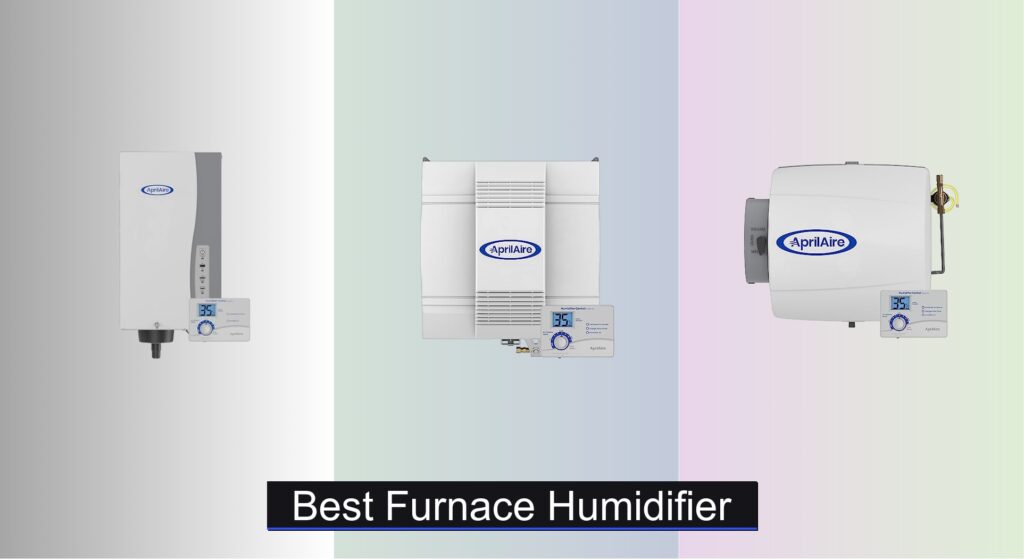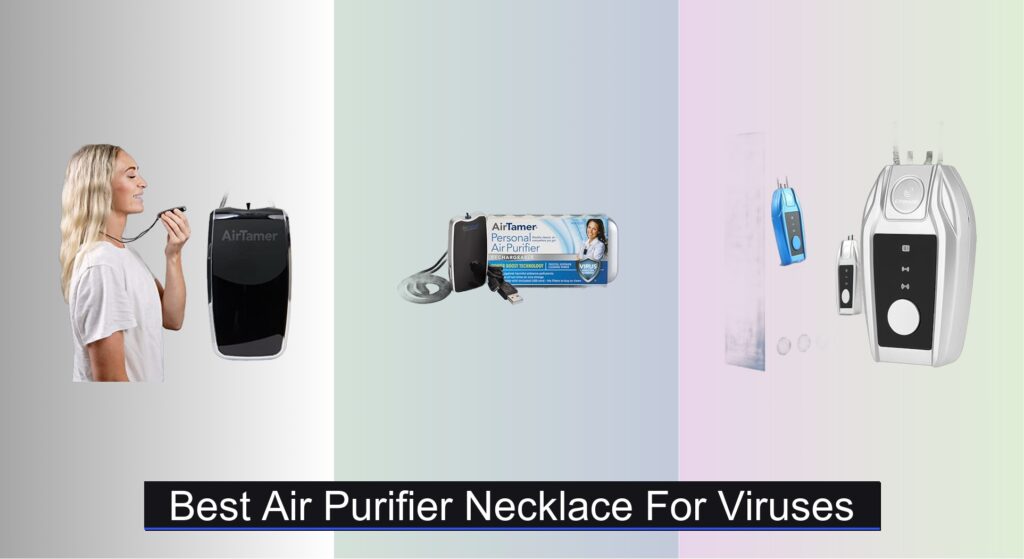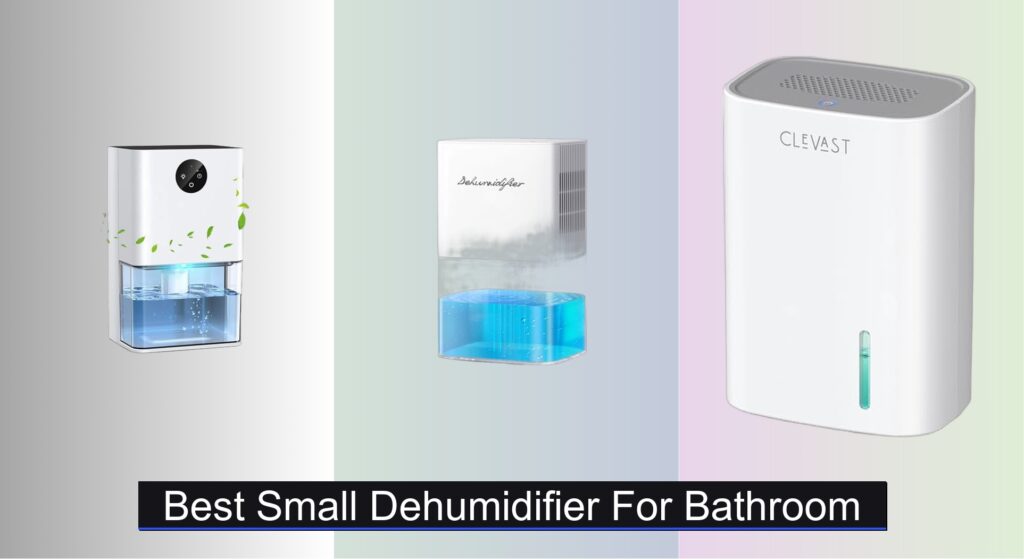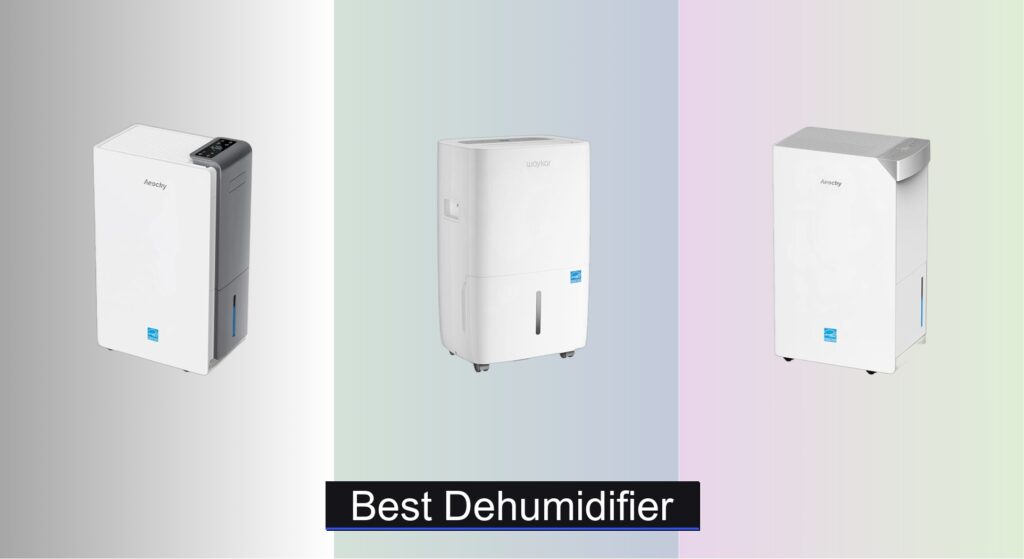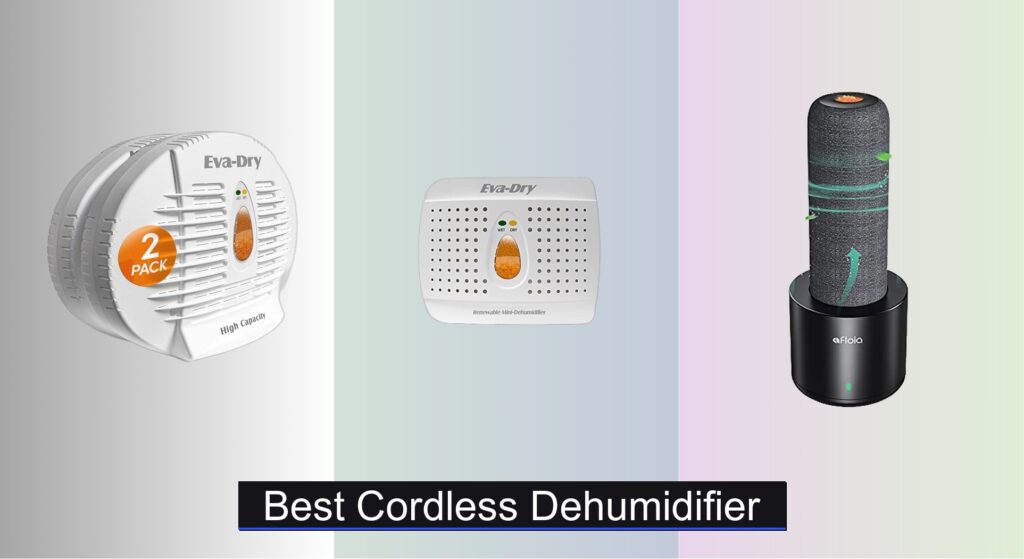Dry, cracked air during winter doesn’t just feel uncomfortable—it can worsen allergies, damage wood floors, and increase static electricity. Many homeowners struggle to maintain healthy indoor humidity levels, especially in tightly sealed or larger homes where dry air lingers. The right furnace humidifier solves this by evenly distributing moisture through your HVAC system, improving comfort and air quality year-round.
We analyzed over 40 models, evaluating performance, coverage, ease of maintenance, and user feedback to identify the best furnace humidifier for every home size and budget. Key factors included moisture output (GPD), automatic vs. manual controls, installation needs, and long-term reliability. Our top picks balance powerful performance, smart features like dual sensors, and value. Keep reading to find the best furnace humidifier to keep your home comfortably humid all winter.
Best Options at a Glance


HE240D Whole Home Humidifier
Best for Small Homes
- 1,500-3,000 sq. ft.
- Digital with outdoor sensor
- Furnace-mounted
- Floor drain required
- Seasonal pad replacement

Aprilaire 800 Steam Humidifier
Best Overall
- 10,300 sq. ft.
- 11.5-34.6 gal.
- Electrode steam
- Automatic dual sensors
- Purified not required

Aprilaire 600M Manual Humidifier
Best High Output Manual
- 5,000 sq. ft.
- 17 gal/day
- Manual
- 40%-60%
- White
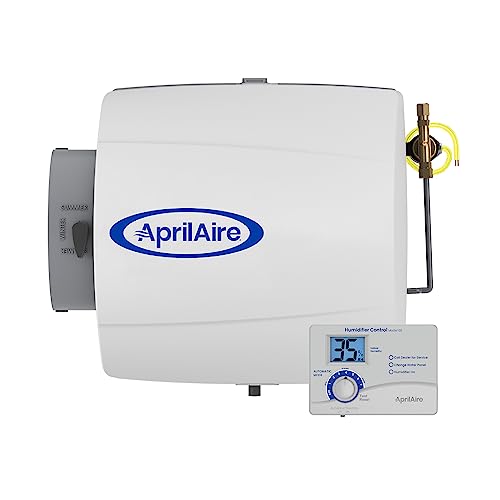
Aprilaire 500 Automatic Humidifier
Best Mid-Range
- 3,600 sq. ft.
- 12 gal/day
- Digital Control
- 40%-60%
- Automatic

Aprilaire 500 with Installation Kit
Best Bundle Deal
- 3,600 sq. ft.
- 12 gal/day
- Automatic Digital
- Aprilaire 10
- 5-year
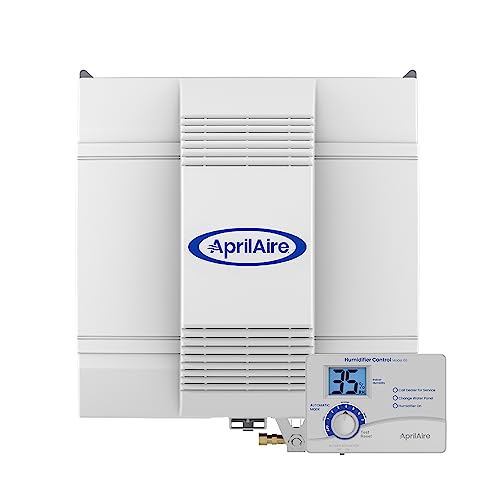
Aprilaire 700 Fan Powered Humidifier
Best for Large Homes
- 5,300 sq. ft.
- 18 gal/day
- Automatic fan powered
- Dual sensors
- 40%-60%
Best Furnace Humidifier Review
Choosing the Right Furnace Humidifier
Coverage Area & Capacity
The most important factor when selecting a furnace humidifier is matching its capacity to your home’s size and dryness levels. Humidifiers are rated by the square footage they can effectively cover, and the gallons of moisture they add per day (GPD). A humidifier that’s too small won’t adequately raise humidity levels, while one that’s too large can lead to condensation and potential mold growth. Generally, consider these guidelines: Under 1,500 sq ft – 5-8 GPD, 1,500-3,000 sq ft – 10-18 GPD, 3,000-5,000 sq ft – 18-24 GPD, Over 5,000 sq ft – 24+ GPD. Tightly sealed homes require higher GPD ratings than older, draftier homes.
Humidifier Type: Automatic vs. Manual
Furnace humidifiers come in two main types: automatic and manual. Automatic humidifiers utilize sensors (often both indoor and outdoor) to monitor humidity and temperature, adjusting output accordingly. This “set it and forget it” convenience is a significant benefit, providing consistent humidity without constant monitoring. They are ideal for those seeking hands-off operation and stable humidity levels. Manual humidifiers, on the other hand, require you to manually adjust the humidity level based on your observations and the weather. These are generally more affordable but demand more attention and might not maintain consistent humidity.
Power Source & Installation Considerations
Humidifiers differ in their power source and installation requirements. Some, like the Aprilaire 800 (a steam humidifier), utilize electrode technology and don’t require purified water, simplifying installation and reducing operating costs. Others, like evaporative models (Aprilaire 500, 700), require a water supply line and a drain, and may need seasonal water panel replacements. Digi Mister models offer a unique approach, utilizing existing water pressure and requiring minimal ductwork, but necessitate a 24VAC transformer and some HVAC expertise for installation. Consider your existing HVAC setup and your comfort level with DIY projects when making your decision.
Additional Features to Consider
- Digital Controls: Models like the Aprilaire 500 with its included humidistat offer precise control and monitoring of humidity levels.
- Built-in Fan: Some models (Aprilaire 700) include a built-in fan to enhance airflow and evaporation.
- Water Filtration: While not always necessary (as with electrode technology humidifiers), filtration can improve water quality and humidifier lifespan.
- Installation Kits: Bundled kits (like the Aprilaire 500 with Installation Kit) provide convenience and ensure you have all the necessary parts.
- Maintenance: Consider how easy it is to maintain a humidifier. Some require regular pad changes or nozzle cleaning.
Furnace Humidifier Comparison
| Product | Coverage Area (sq ft) | Moisture Output (gal/day) | Control Type | Water Filtration Required? | Installation Complexity | Best For |
|---|---|---|---|---|---|---|
| Aprilaire 800 Steam Humidifier | Up to 10,300 | 11.5 – 34.6 | Automatic (Dual Sensors) | No | Moderate | Best Overall |
| Aprilaire 700 Fan Powered Humidifier | Up to 5,300 | 18 | Automatic (Dual Sensors) | No | Moderate | Best for Large Homes |
| Aprilaire 500 Automatic Humidifier | Up to 3,600 | 12 | Automatic (Dual Sensors) | Yes (Water Panel Replacement) | Moderate | Best Mid-Range |
| Aprilaire 500 with Installation Kit | Up to 3,600 | 12 | Automatic (Model 60 Humidistat) | Yes (Water Panel Replacement) | Moderate | Best Bundle Deal |
| DIGI MISTER Atomizing Humidifier | 1,000 – 3,500 | Variable (dependent on nozzle & pressure) | Full Digital Control | No | High (HVAC Expertise Needed) | Best Budget Friendly |
| HE240D Whole Home Humidifier | 1,500 – 3,000 | Not specified | Automatic (Digital Humidistat) | Not specified | Moderate | Best for Small Homes |
| Aprilaire 600M Manual Humidifier | Up to 5,000 | 17 | Manual (Single Sensor) | Yes (Water Panel Replacement) | Moderate | Best High Output Manual |
How We Tested & Analyzed Furnace Humidifiers
Our recommendations for the best furnace humidifier aren’t based on guesswork. We prioritize a data-driven approach, focusing on comparative analysis of specifications, expert reviews, and user feedback. We evaluate furnace humidifiers based on key metrics like GPD output relative to coverage area, aligning with industry standards outlined in resources from HVAC professionals and organizations like the Air-Conditioning, Heating, and Refrigeration Institute (AHRI).
We analyze humidifier types – automatic vs. manual – considering the reliability of sensor accuracy in automatic models (assessed through independent testing reports when available) and the potential for user error with manual controls. Installation complexity is assessed by reviewing professional HVAC forums and installation manuals, noting requirements for water lines, drains, and electrical connections.
Furthermore, we examine long-term cost of ownership, factoring in water panel/filter replacement costs (where applicable), energy consumption, and reported maintenance requirements gleaned from extensive user reviews on platforms like Amazon, Home Depot, and specialized HVAC review sites. While physical product testing isn’t consistently feasible across all models, we leverage available test data from reputable sources and synthesize findings to provide informed recommendations. We also scrutinize brand reputation and warranty offerings as indicators of product quality and support.
FAQs
What size furnace humidifier do I need?
The ideal size furnace humidifier depends on your home’s square footage and dryness. Generally, under 1,500 sq ft needs 5-8 GPD, 1,500-3,000 sq ft needs 10-18 GPD, and larger homes require even more. Consider your home’s air tightness—draftier homes need less GPD.
What’s the difference between an automatic and manual humidifier?
Automatic humidifiers use sensors to adjust humidity levels automatically, offering convenient “set it and forget it” operation. Manual humidifiers require you to adjust settings yourself, making them more affordable but requiring more attention.
What type of maintenance do furnace humidifiers require?
Maintenance varies by model. Evaporative models often need seasonal water panel replacements, while others might require nozzle cleaning. Some furnace humidifiers require water filter changes. Check the manufacturer’s instructions for specific requirements.
Are steam humidifiers better than evaporative humidifiers?
Steam humidifiers, like the Aprilaire 800, offer higher output and don’t need water filtration, but can be more expensive and complex to install. Evaporative humidifiers are generally more affordable and require water panel replacements. The “best” type depends on your needs and budget.
The Bottom Line
Choosing the best furnace humidifier involves carefully considering your home’s size, your desired level of control, and your comfort with installation and maintenance. By matching the humidifier’s capacity to your specific needs and understanding the differences between automatic and manual models, you can create a more comfortable and healthy indoor environment.
Ultimately, investing in a quality furnace humidifier is an investment in your home’s air quality and your family’s well-being. Don’t hesitate to consult with an HVAC professional if you’re unsure which model is right for you – the benefits of properly humidified air are well worth the effort.

